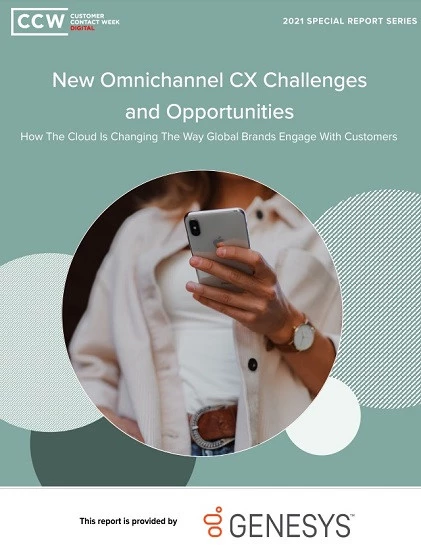Can Social Media Benefit Customer Management Without Profit Potential?
Add bookmarkAs Intuit's senior marketing manager Jay Badenhope explained in his Thursday session at the 12th Annual Call Center Week in Las Vegas, NV, "customers are just starting to [use social media] say how strongly they feel about the experience they had with your organization."
With social customer interactions growing so rapidly, it seems intuitive that organizations will prioritize readying their social media strategies to facilitate an optimal customer experience.
And while that is indeed true for many companies, the reality is not sufficient to erase skepticism about whether social media will live up to the hype and the need for justification about its contribution to the corporate bottom line. Badenhope, however, believes that social media advocates can turn to more than just revenue to justify the importance of the channel.
"If you're getting really, really hard questions like 'how does this impact the bottom line' or 'how does that reduce costs in the call center,' you may not have a great answer right now, and that's okay," said Badenhope.
It is okay, Badenhope contended, because there are clear efficiency and branding benefits that can be reaped even in the immediate term.
Badenhope explained that customers see social networks as either first resorts or last resorts for communicating with the brand. When used as a first resort, customers will bypass calling or emailing the support staff and instead seek a response to their issues on Facebook or Twitter. As a last resort, they will share their positive or negative experiences with the company's support staff and thus shape public perception of the brand.
Both cases can be leveraged for the benefit of the contact center and overall customer management picture. In the first resort scenario, the company can address the customer issue immediately and without utilizing call time. All the while, the company reaps the branding reward of successfully—and publicly—responding to a customer.
In the last resort scenario, the company can utilize the power of the customer's word-of-mouth to share a positive customer experience.
Drawing on Facebook Apps as an example, which present frequent opportunities to "share" information and accomplishments with friends, Badenhope sees value in having call center reps drive satisfied customers to discuss their experiences within social networks.
"How are you going to hook customers to bring them back to an experience that you want to promote?" asked Badenhope about the importance of using social media to complement the call center effort.?
Beyond questions of cost, social media skeptics often express concern about the viral potential of customer complaints. Whereas an angry telephone interaction is only conveyed to the agent and possibly the customer's face-to-face contacts, an angry Tweet can reach thousands or even millions of potential buyers. With questions about revenue potential as it is, is the likelihood of complaints going public worth the risk?
It is for Badenhope, who believes the valuable customer insights gained from these interactions can often compensate for their downside.
"Unless it's a personal attack or profane, there is a lot of value in remaining authentic and not taking things down," explained Badenhope about his approach to negative social media comments. He further posed that while there is indeed customer analysis to be gained from negative comments, there are branding harms and concerns to no social interaction.
Customers, whether satisfied or dissatisfied, can already use social media and other word-of-mouth channels to discuss brands, regardless of whether the brand has a significant social media presence. Yes, it is true that a commitment to strong social media presence might help put some of these negative comments more visibly on the radar, but it also provides organizations with a forum for publicly—and quickly—addressing these concerns.
Badenhope additionally explained that the absence of interaction could be worse than negative interaction. He explained, "You might also be concerned if no one is talking about you. Who are they talking about? Where are they choosing to go?"
That reality is certainly true given the trend for customers to rely on feedback from those in their social networks to learn about news and brands.
"Information is coming to them because people who know them and what they might need or want are sending that to them," remarked Badenhope.
With social media enabling companies to parlay the trust customers afford their friends, family members and idols into customer acquisition, the importance of being in this promotional mix will often be enough to counter the consequences of negative branding.
And with organizations going to have their products and customer service discussed regardless, many will be best served by controlling the social discussion.













